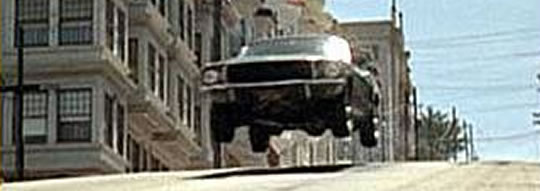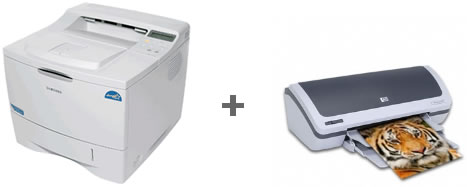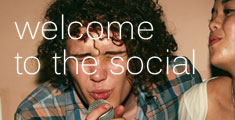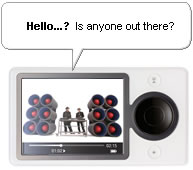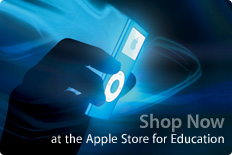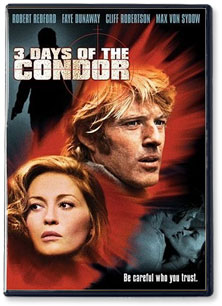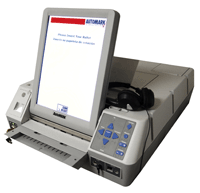Jay Leno's Bio-Diesel Supercar: the Eco Jet
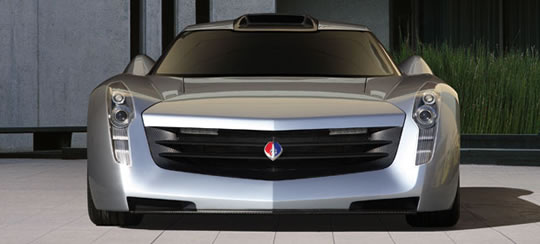
Recently Jay Leno unveiled his top secret Eco Jet supercar. It features a turbine jet engine that runs on 100% bio-diesel, and a "cruelty free" interior. It was created in collaboration with GM's design team, which explains is similarity to the Cadillac Cien, and a team of Leno's engineers. Unfortunately, while the Eco Jet is designed to be drive it isn't headed for production anytime soon, still it's an excellent demonstration of what's possible with enough cash, expertise, and enthusiasm. While there aren't a lot of specs available (like 0-60 time, or mpg) it does boast an impressive 650 horsepower. The fuel uses is 100% bio-diesel which is made from refined vegetable oils, so it's not quite as eco-friendly as straight vegetable oil (SVO) or waste vegetable oil (WVO), but it's better than bio-diesel blends which combine the bio-diesel and conventional diesel. And, oh yeah, it was all assembled in California.
Lost of links to videos, pictures and more info after the jump.
